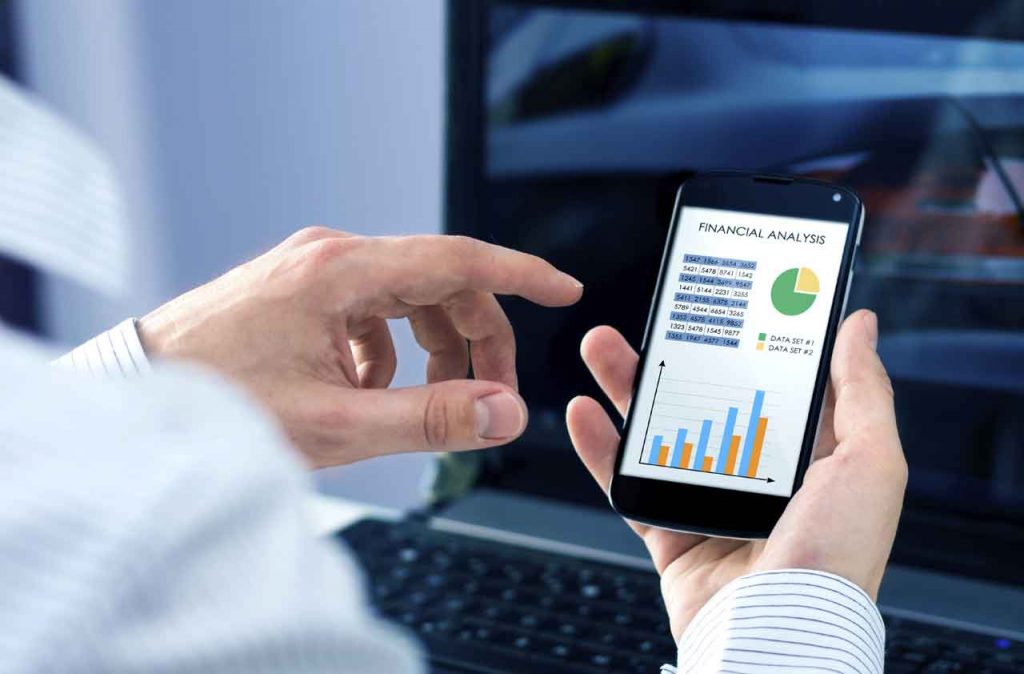
Is your Financial Advisor Socially Distant and Digitally Embarrassed?
It is one of the most overused oxymorons of these troubled and changing times:
‘Social Distancing.’
‘Social’ being the way your financial advisor who would be sat next to you in your favourite English pub at the bar or strolling with you on the links of your favourite Golf course where they have been offering some great advice such as where to move your pension funds or what equities and funds are worth taking notice of.
‘Distancing’ meaning the way the authorities are advising people to keep away from one another as many experts tell us that being social and close to one another is the main way the pandemic is spreading and bringing global travel to a grinding halt.

Every cloud has a silver lining as they say, and the advisors who are digitally competent and have been actively teaching their clients how to use free Instant Messaging, Artificial Intelligence (A.I.) and access to their funds and equities online through Mobile Applications, bringing their clients closer to the actual workings of their funds are now as much in touch with their clients as they were before the pandemic shrunk the world’s economy and they find themselves on opposites sides of the world to their clients.
Today, many analysts predict that the digital shift will mitigate the effects of the pandemic and improve operations in the long term.
The ideal scenario for clients and I.F.A,’s should be for opti-channel. This refers to the ability of supporting a client using a channel that is the best fit for a objective, i.e. it’s not about being in all places always but to provide the right functions at the right time.
It’s also about accepting automated support for advisors and their clients through “next best” actions. This can be additionally enriched by A.I. to suggest the most suitable services for a given client, considering their investment appetite and risk profile.
Customisation Stemming, or Customer Experience, with the ability to speak to humans whenever it becomes overwhelming from the understanding of their needs is what everyone is looking for – the human touch in a soulless automation.
Through the Process
For example: Imagine a client’s journey can start from a mobile app which gives him or her access to relevant data, latest news reports, reviews, insights and personalised recommendations. Then, the journey can be continued with the advisor who has access to the same data as their client which then uses specialised software to carry on the advisory process with “next best action” support. The software is integrated with market data, the transaction processing system and details about the client’s investment portfolio.

The advisor can interact on-line with the client, and, in the final stage, ask them to approve recommended operations using a standard authorisation method provided by the client’s favoured banking system wherever they are in the world.
According to Deloitte, Covid-19 will require all wealth managers, banks, insurers, regulators, governments and technology players – to re-imagine the role they play in the value chain, and how they deliver value. Which is another argument why a better engagement of both clients and advisors through the improvement of wealth management tools is so important.
Connectivity – the ability of clients who have limited time and who travel extensively to experience the same high level of service with apps, functionalities, video and other features – is the great strength of mobile technology.
With mobile applications, private banks can take the office to the client, rather than making the client come to the office. Mobile apps can and should be an essential part of an integrated private banking strategy, and, when eventually coupled with social media, are likely to move to the forefront of the client’s digital experience, eclipsing other web-based interfaces.
Digital solutions will not replace wealth advisors but will supplement them in building relationships and expanding service offerings. We believe that mobile apps, as part of such digital solutions, are no longer an option for private banks. Instead, they will be the gateway to hybrid advice and a key element of digital wealth management suites, ultimately becoming the main tool for client interaction.
Don’t be scared of the robot
AI has been introduced to investment because of a human weakness, “Personal feeling” which is emotional over logical thinking that affects and clouds their judgment and analysis. Moreover, most humans do not like spending time on repetitive jobs and have many responsibilities. Sometimes they are distracted by those and make an investment mistake. (Do nothing is also counted as a mistake.) Now, many asset management companies also use AI technology for Algorithmic Trading and to support general investors.

This AI development from many asset companies focuses on human investment compensation and covers all aspects such as the impact of market conditions analysis, selecting an asset, weighing investment ratio, making decisions and managing appropriate working capital based on an investor risk analysis result which makes AI investment judge as a system and works effectively without personal feeling.
So how technologically advanced is your Financial Advisor?
Does he have the very latest news reviews and stats at his fingertips in real time? Well, he should be a good teacher to help you make the full use of their mobile apps and digital experience, because like it or not digital finance is here, and in recent times it really shows if your ‘finance guy’ is better at golf or drinking than he is at managing finances over digital channels.

Have a chat and see what we have for managing your wealth and being involved every step of every decision through cutting edge digital technology.
Book a meet with our advisors today.
Of course, we can still show you whilst in the pub or on the golf course, we are still humans using technology not the other way round.




